Looking to make the most of your year on a Working Holiday Visa in Australia? Here’s how to find work, what to expect and how to have some fun.
Your Ultimate Guide to Spending One Year in Australia on a Working Holiday Visa
Almost nine million people visit Australia each year to scuba dive the Great Barrier Reef, trek to waterfalls in Kakadu National Park, visit the Sydney Opera House, surf in Byron Bay, find Chris Hemsworth and eat Vegemite (you’ll quickly learn that last one). There’s a demand to see these places, which means there is always a demand for work.
That’s where you come in.
Australia is one of the easiest countries to get a Working Holiday Visa, and it’s actually the most popular country out of the 62 in the world that offers these kinds of visas.
That’s largely why it attracts 333,000 prospective workers each year who travel to experience the country, make friends and save money along the way.
Prior to 2016, travelers on a Working Holiday Visa (WHV) or Work and Holiday Visa (W&HV) were only able to stay in Australia for a year. However, due to changes in legislation, travelers on a W&HV are now able to work and travel for two years—that’s a whole lot of time to experience Australia!
There are is a whole heap of things on your Australian bucket list to tick off so, this one-year itinerary for traveling in Australia on your Working Holiday Visa should serve you well.
4 Months Before Your Trip: Get Your Visa
Don’t put the cart before the horse and buy your flight first. What if your visa gets rejected? That is one expensive lesson!
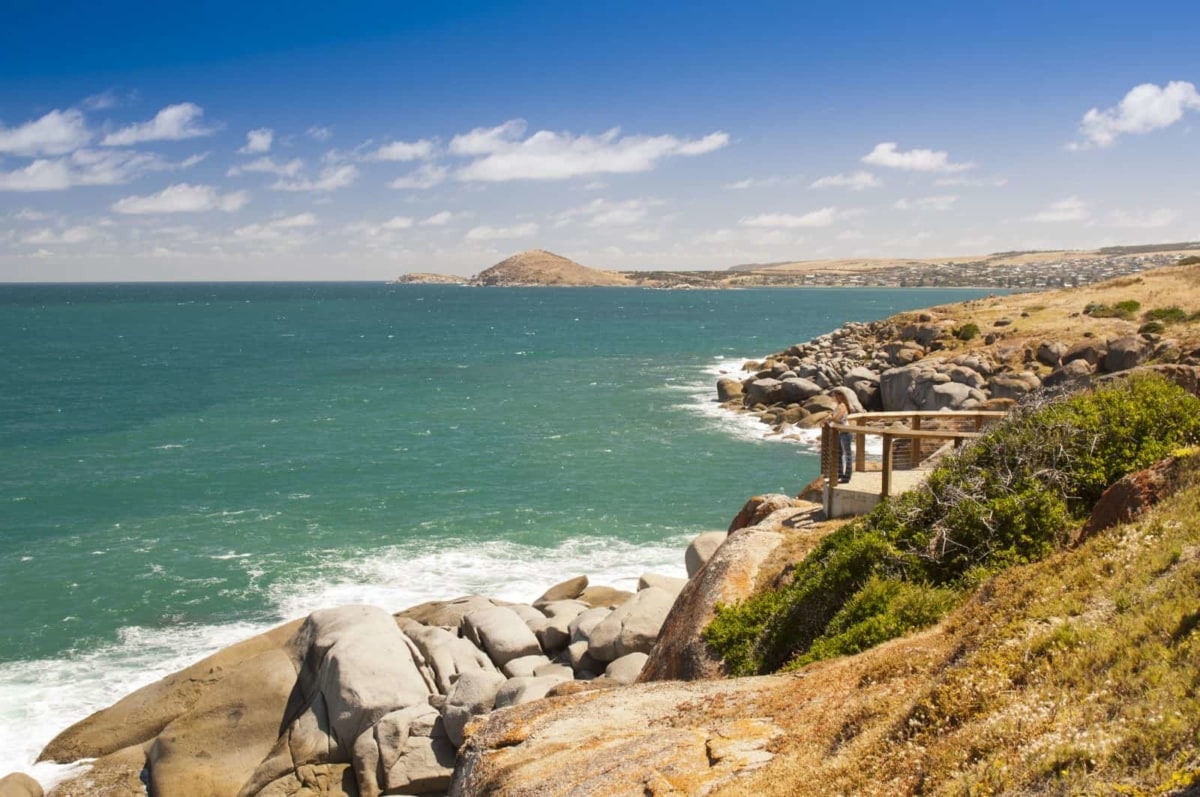
Identify the visa that you would like using the Australian Department of Home Affairs website. Depending on which country you are from you will be directed to either a 417 (Working Holiday Visa) or a 462 (Work and Holiday Visa). For example, the UK, Germany, Netherlands and many others get directed to the WHV, whereas the USA, Spain and Argentina can apply for the W&H Visa.
While there are tons of websites out there charging anywhere between $70 to $200 on top of visa fees to give you a visa, your best option is to apply directly through the Australian Government website (the website URL should always end in .gov.au).
The process is pretty simple, should only take around 30 minutes to an hour to complete and, whether you’re applying for a Working Holiday Visa or a Work and Holiday Visa, it will cost you $440 AUD.
These visas give you full working rights in Australia, with the only condition being that you cannot work for the same company for more than six months. It’s structured this way, so you work and travel. Not just both.
Note: You can only get these visas if you’re at least 18 and not yet 31 years old.
It can take anywhere between 24 hours and four weeks for your visa to be granted, so be organized and apply as early as you can. But once you have it, the clock starts ticking—you have 12 months to make your way to Australia. From your date of entry, you are then given one year to work and travel.
3 Months Before Your Trip: Decide Where You Want to Go and Book Your Flight
Once you have your visa (which can take anywhere between 24 hours and four weeks), you’ll want to buy your flights. But Australia is massive, which can induce some serious decision anxiety.
You’re coming over to Australia to work and travel, so you’re going to want a perfect combination of the two.
Well, Melbourne is the world’s most livable city with, beautiful beaches, unique laneway bars and cafes and really, really good nightlife. It’s a cultural melting pot and a foodies’ paradise, and the breathtaking street art makes it, in my humble opinion, the best place to start your travels.
Plus, there are great value-for-your-money flights to Melbourne from most major international airports, with a one-way ticket generally costing $450 USD.
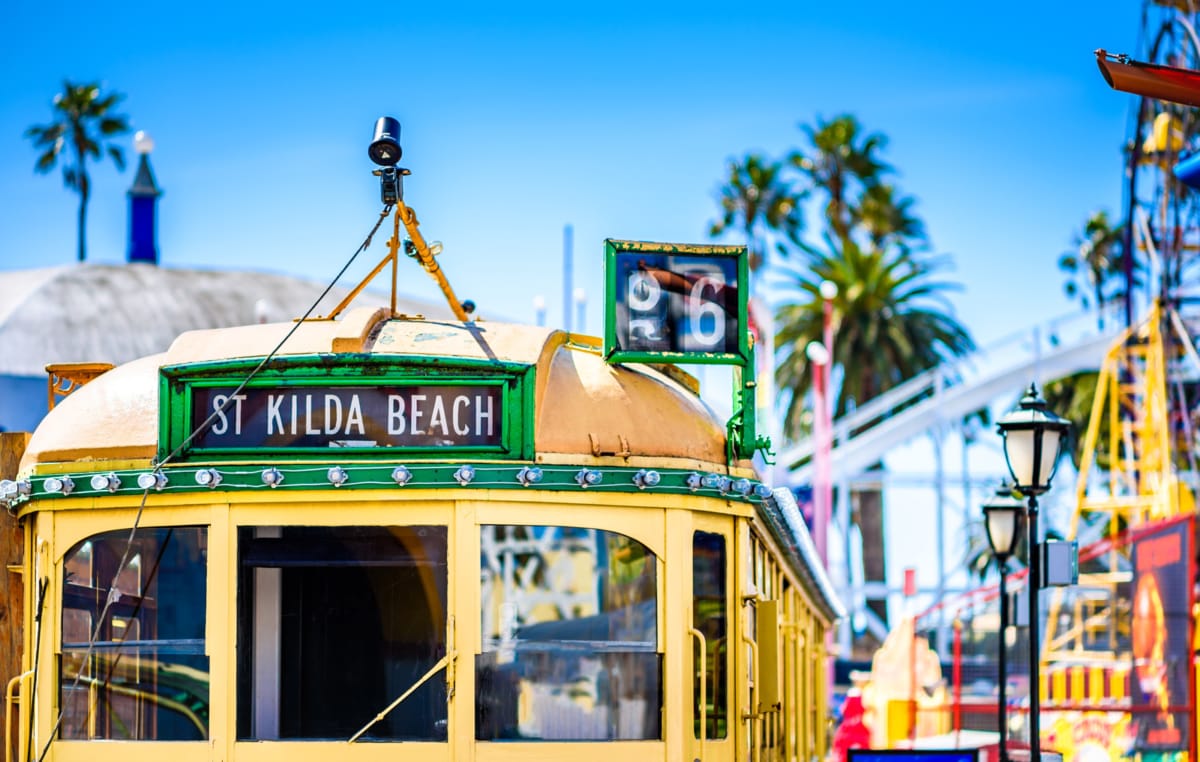
I know many of you likely have Sydney on your mind as a place to start. Just keep in mind it’s going to be the most expensive choice with some serious competition. Because, really—did you think you’re the only backpacker to make Sydney your first choice?
News flash—you’re not, which means “backpacker jobs” will be slightly more difficult to get, especially if you don’t have experience. This isn’t to deter; it’s just some food for thought. Bring your A-game if you plan to find work in Sydney (and maybe a few extra thousand in the bank to tide you over).
Pro Tip: As with any flights, try to avoid the holidays as you will have to pay a premium to fly, and keep in mind that June through September is Australia’s winter (yes, we do have winters here in Australia), so flights are generally a bit cheaper then.
1 Month Before Your Trip: Save That Money and Plan an Epic Party
If it costs $200 just to walk across Sydney’s Harbour Bridge and a whopping $5 for a dozen eggs at the grocery store, just imagine how expensive Australia will be.
The good news is that Australia is known for paying well. But you’re going to want to have a few dollars stashed away before you go since you probably won’t be working as soon as you land.
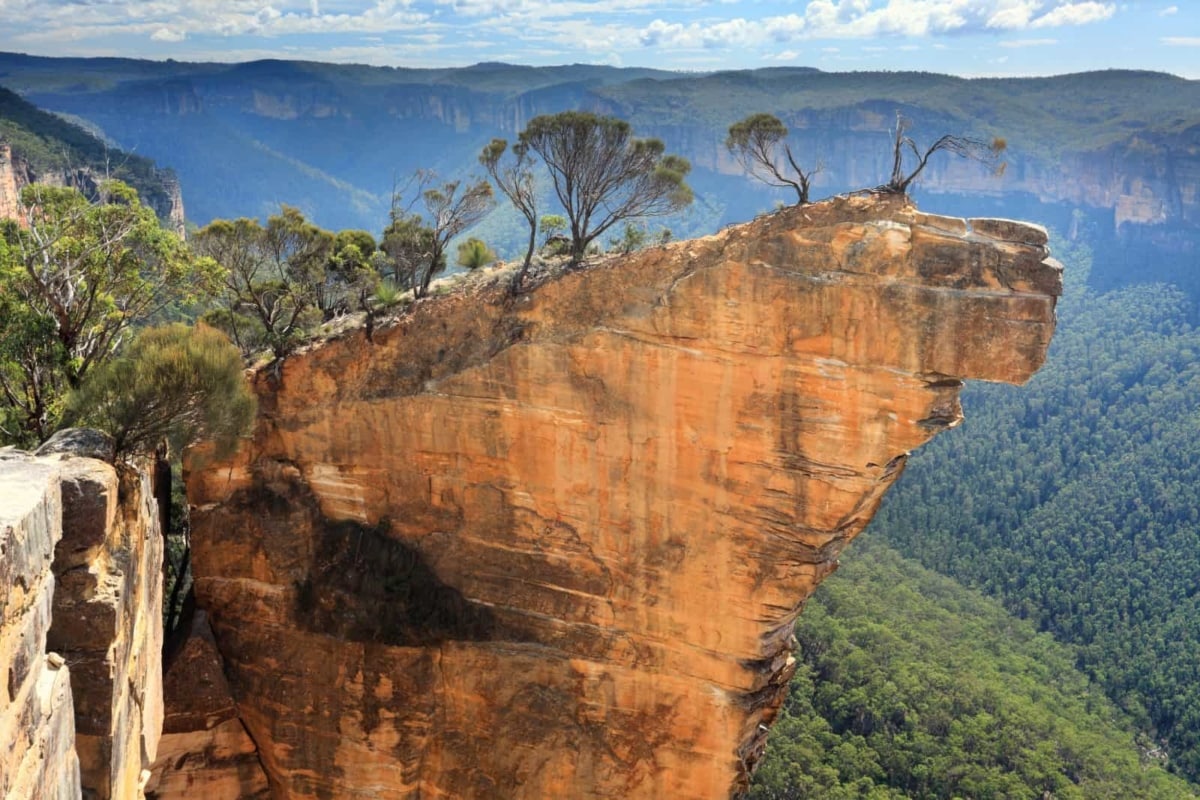
Your biggest expense is going to be your accommodation. A week in a hostel in Australia is generally around $150 USD. In any standard week, you should anticipate spending anywhere between $300 to $800 USD, depending on activities, your dining and, most importantly, your drinking habits.
(Take my advice: If you drink in pubs the whole time, you will somehow spend a lot of money.)
Just take a look at this breakdown of the average costs of expenses in three major Australian cities. For more, check out Numbeo for a cost of living breakdown in other cities around Australia.
The Average Cost of Living in Sydney (in USD):
- Hostel per night: $32
- One-bedroom apartment per week: $329
- Pint of beer: $5.50
- Cheap restaurant meal: $11
- A day trip to the Blue Mountains: $75
The Average Cost of Living in Melbourne:
- Hostel per night: $25
- One-bedroom apartment per week: $298
- Pint of beer: $5.50
- Cheap restaurant meal: $11
- A day trip to the Great Ocean Road: $80
The Average Cost of Living in Cairns:
- Hostel per night: $18
- One-bedroom apartment for a week: $181
- Pint of beer: $5.20
- Cheap restaurant meal: $11
- Day trip to the Great Barrier Reef: $145
I would recommend getting to a savings point of $5,200 USD before you go, and I’ll tell you why later.
In the meantime, you may want to check out this handy guide on saving money for travel and creating a financial plan that will help you save over the long term.
Day 1-10: Get Set up, Meet People & Tick off That Bucket List
The plane touches down and you wake up from what was likely a very long flight, no matter where you came from. You rub your eyes and, suddenly, you’re in the coastal capital of the southeastern Australian state of Victoria!
Rugged rocks forms hug the bay beaches. The national parks are rife with wildlife. The center city is bustling with coffee fiends and shopping addicts and bar crawlers—vice or virtue, you decide. You’re finally here to pick your poison.
But before you dive right in, I would strongly advise giving yourself at least a week to get yourself set up. You’ll need to open a bank account, get a Tax File Number (this is essential if you want to work), and get your hands on a SIM card.
Traveling for the first time is daunting, and the reason why you started this adventure is to meet new people and to have life-changing experiences.
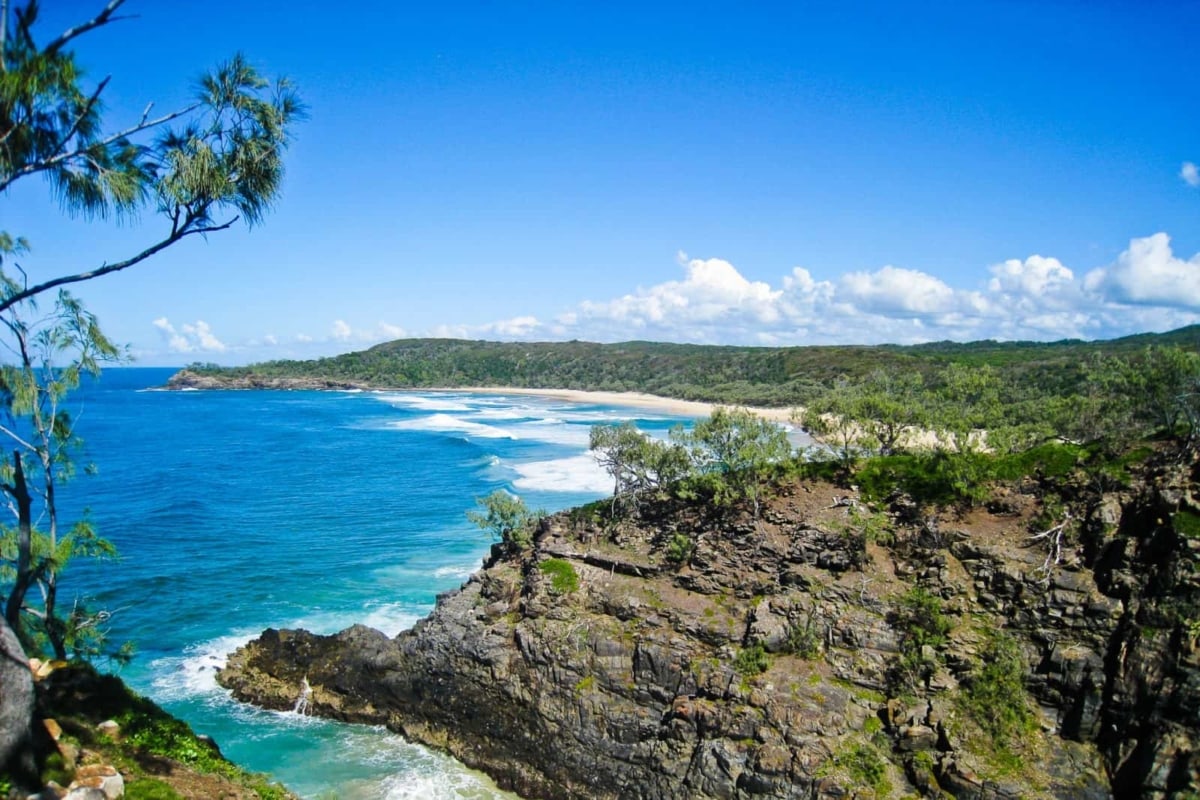
In Melbourne, you actually have the option to check off all the quintessential bucket list items for Australia, like petting a kangaroo or koala bear or learning to surf on some of the best surf beaches on earth.
You can also experience worldwide sporting events such as the Australia Grand Prix or the Australian Open, or go snowboarding or skiing just three hours away by car.
Plus, two popular day trips from Melbourne, include watching the Phillip Island Penguin Parade, when hundreds of penguins emerge from the surf to waddle back to their burrows for the night, and wine tasting in the Yarra Valley wine region.
Day 11-60: Venture Out to the Surrounding Areas
If you’ve taken my advice (and I hope you have) and landed in Melbourne, then I’ve spelled out your plan perfect for you.
Head west out of Melbourne and you have the Great Ocean Road, the most scenic drive in all of Australia and the number one road trip in Oz. It is the fourth most popular destination in Australia, and it’s an absolute must, especially if you’re in Melbourne. It’s about 150 miles of coastline-hugging, beach-kissing, rainforest-penetrating road with the most iconic part being the 12 Apostles.
A five-day road is perfect for this destination. This is especially true if you couple it up with a little-known destination called The Grampians. Then you can either loop back to Melbourne or keep heading west to Adelaide and the outback.
I would then recommend touching base back in Melbourne for a few days before heading in the next destination: east toward Sydney and Cairns. Every east coast trip is different, but you should travel for at least a month and preferably two to three if you want to experience it properly.
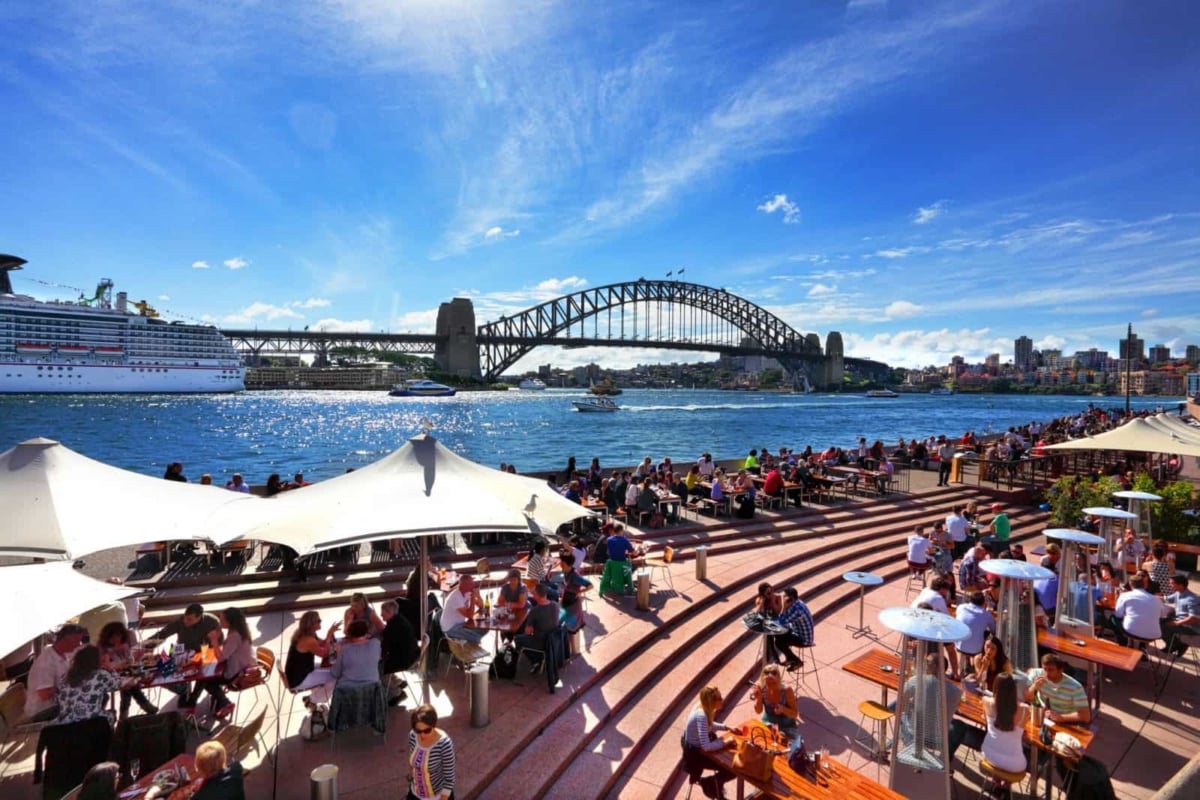
The best way to travel the east coast of Australia is to take a hop-on-hop-off Greyhound bus the whole way there.
You could also find a group of other travelers to buy a used car together. You’ll find tons of cars for sale on sites like Gumtree (the Australian Craigslist) or Facebook groups like Backpacker Cars Australia.
If buying isn’t your thing, you can also rent campervans. You can get them from Jucy, Spaceships, Travel Wheels, Travellers AutoBarn, Hippie, Mighty and Wicked. There are plenty of different options depending on the level of luxury you want.
Likewise, if you visit hostels, check the bulletin boards for flyers advertising used cars for sale.
Months 2-8: Start the Job Hunt and Get to Work!
Just because you’re onto the job hunting stage doesn’t mean that the fun has to stop. After living on the road for weeks on end, you’ll probably crave some stability and structure. At least a little bit. And you’ll meet even more people while finally earning yourself some money!
Finding Work in Australia
When you’re done traveling, make sure you have enough money to last a month. You probably won’t find a job on day one of your hunt. That means you need to have enough savings to last you until you find work. Look at job websites like Job Search, Seek and Gumtree to find work in these specific fields.
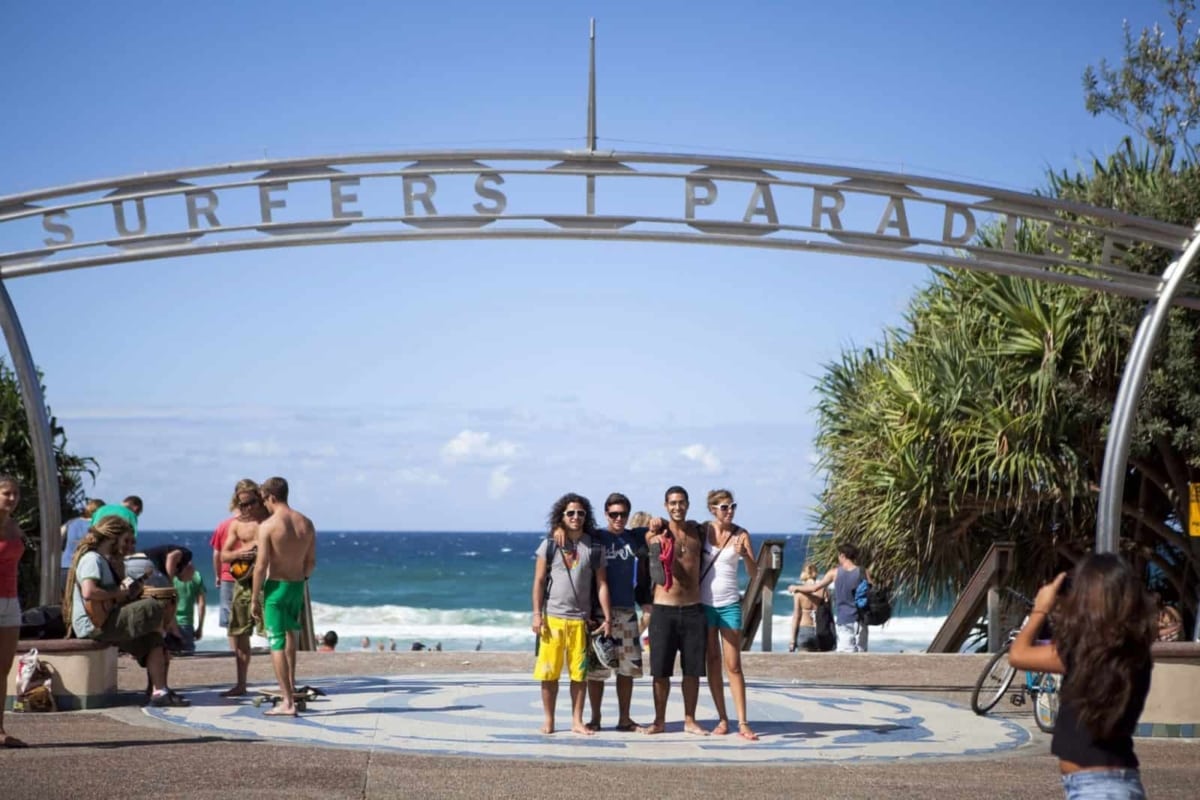
But don’t spend all day on websites job hunting. Talk to people around your hostel, and ask the workers at the hostel for the best place to find work. In most major cities, there is a specific area where there are always people recruiting in hospitality. So print out that resume and enjoy the day going into as many places as possible asking if they’re looking for any workers.
These areas are your hospitality hotspots, which are full of bars, restaurants and cafes.
- Sydney: Kings Cross, Bondi and Oxford Street
- Melbourne: St Kilda, Chapel Street and Lygon Street
- Brisbane: Fortitude Valley
- Cairns: Everywhere
- Darwin: Mitchell Street
- Adelaide: Glenelg and the CBD
- Perth: Northbridge
It is sometimes harder to find employment if you have a specific field you want to work in because most employers believe that working holiday visa makers can only be part of their company for six months, which is generally true.
What to Expect While Working in Australia
The minimum wage is $18.93 AUD in Australia, and most casual positions in hospitality and tourism pay around $20 AUD.
The type of work ranges from being a waiter up to being a skydive instructor—you can view the jobs available to travelers on Working Holiday Visas on the Home Affairs website here, but do bear in mind the work has to be above the Tropic of Capricorn and in certain postcodes.
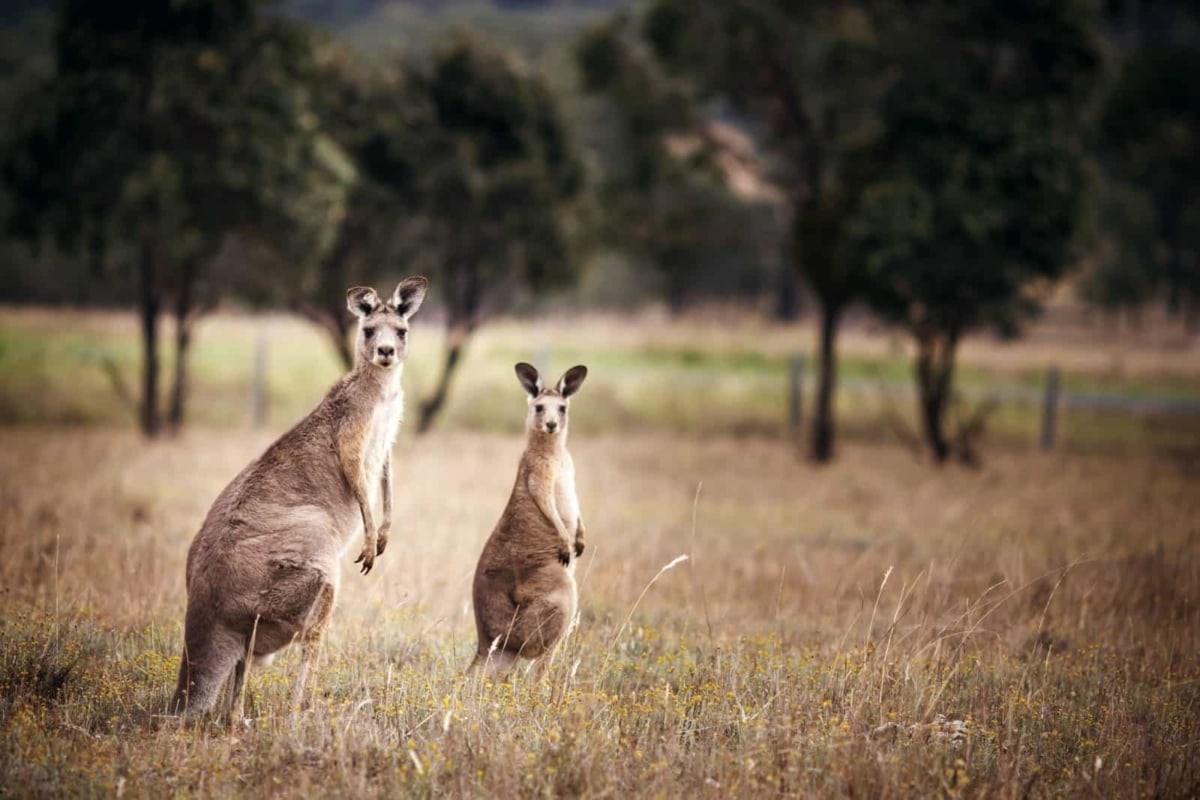
Some aspects of the Australian work culture may also surprise foreigners. Understand these cultural differences:
- There’s a lot of casual conversation.
- Swearing in the workplace is to be expected.
- There will be a lot of happy hours.
- Australians are super laidback and uphold a “no-fuss” attitude, which can be jarring in stressful situations.
- Office romances are a thing, and they’re not quite as taboo.
- Most offices have flat organizational structures, without much hierarchy if any at all.
- National workplace safety laws, “Occupational Health and Safety” or “OH&S” are taken very seriously.
- Australians use a lot of blunt humor, even in the workplace.
- Australians embrace a work-hard-play-hard culture.
- The standard working week in Australia is 38 hours per week (7.6 hours per day). They value their time outside of work.
Month 9-12: Keep Traveling
You’ve been working for a few months—that’s a serious high five moment! Take a break. Go on a trip. Let loose a little. You deserve it!
Generally, people’s second journey within Australia is the outback. That may mean the wetland of Kakadu near Darwin. There, you’ll see some of the most jaw-dropping waterfalls and the highest concentration of salt-water crocodiles. I recommend a tour there for at least three days.
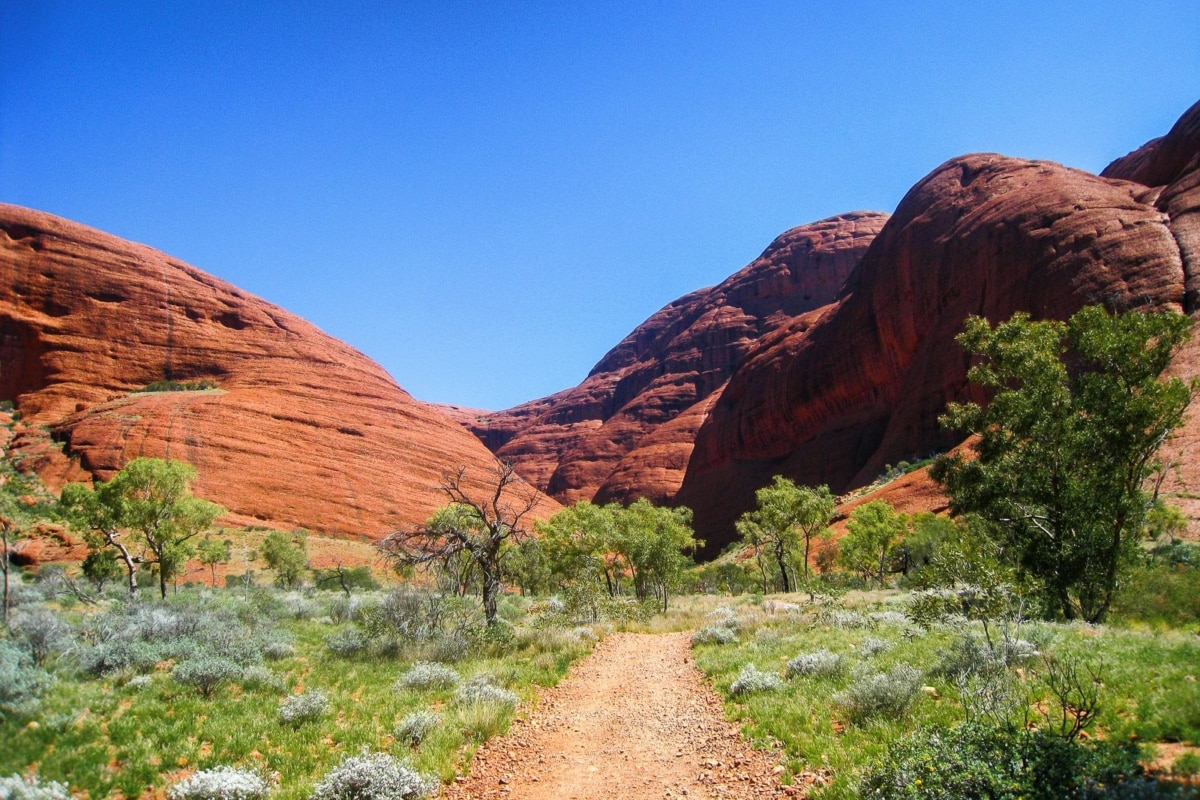
You can couple this up with the third most popular destination in Australia, the Red Centre. With the cultural history surrounding this area, the iconic sunset at Uluru and nights underneath millions of stars, this is another bucket-list item to tick. To get to this destination you can fly into Alice Springs or Yulara airport.
Alternatively, you can go overland from Darwin or Adelaide for a true outback adventure.
From here you can fly to the place you fell in love with.
Maybe you felt like Byron Bay had a spiritual calling for you. Or you realized that the busyness of Sydney was actually your “cup of tea.” Maybe you’ve been dying to get back to Cairns. Or maybe the world’s best coffee is pulling you back to Melbourne.
Want to Spend a Second Year in Australia?
So many people fall in love with the Australian way of life, so it’s not a surprise that thousands of WHV and W&H Visa workers choose to extend their visas for another year.
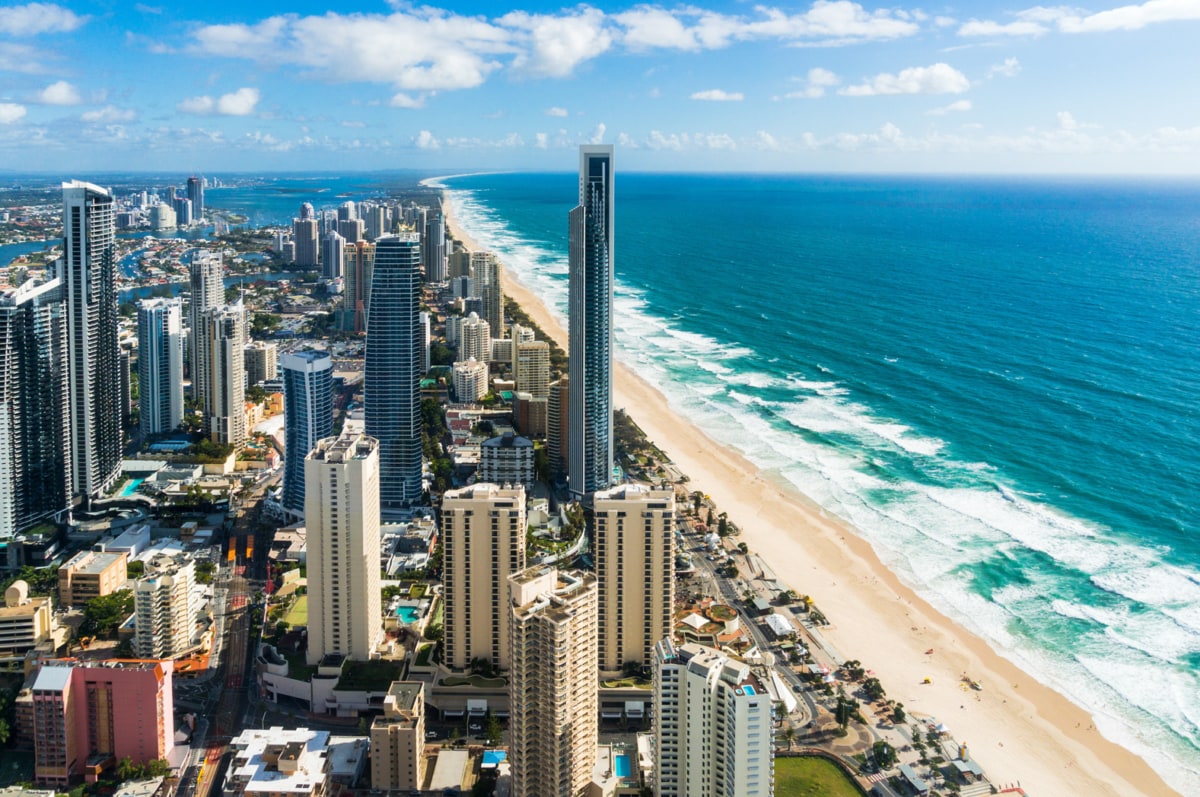
The Australian Government created an initiative for understaffed industries. This is for people who want to travel and work in Australia for extended periods of time. And the second year working holiday extension allows WHV and W&H Visa holders to extend their initial one-year visa to two if they work 88 days in one of those specific sectors:
- Plant and Animal Cultivation
- Fishing and Pearling
- Tree Farming and Felling
- Mining
- Construction
At the end of your initial employment, your manager will have to sign off on Form 1263. This includes their ABN (Australian Business Number) to ensure that you have completed the work. Then you will apply for your second-year visa through the same website that you got your first one.
Tip: If you’re on a W&HV (USA I’m talking to you) you can extend your stay by working in hospitality and tourism, as long as these jobs are in Northern Australia. This work ranges from waiting tables to being a skydiving instructor—you can view the jobs for travelers on Working Holiday Visas on the Home Affairs website here.
This all said, you might want to head home or travel in between your first and second year. It’s up to you when you decide to use your second-year visa. Just make sure you use it before you’re 31 or you’ll lose eligibility.
Whatever you do, just remember that you’re going to Australia to work and travel. You left that all-work-and-no-play lifestyle behind at home.
Well, unless you’re this dude, that is.
So now the only question is, what’s the first adventure before you start working in Australia? Let us know in the comments!
READ MORE: Work and Travel in Australia: How to Get a Working/Holiday Visa
Australia Working Holiday Visa FAQs
-
Am I eligible for a working holiday visa in Australia?
To be eligible for a working holiday visa in Australia, you have to be 18-30 years old and meet the minimum savings account balance.
-
Can a US citizen get a working holiday visa in Australia?
Yes, US citizens can get a working holiday visa in Australia.
-
Is it difficult to get a working holiday visa in Australia?
It’s pretty easy to apply for a working holiday visa in Australia, and you’re likely to be accepted as long as you meet the requirements.
-
How much money do I need for a working holiday visa Australia?
You need to have at least $5000 AUD in your bank account to get an Australia working holiday visa.
-
Can you live in Australia after Working Holiday Visa?
It is possible to live in Australia after staying with a working holiday visa, but you have to meet stricter requirements and go through an application process.
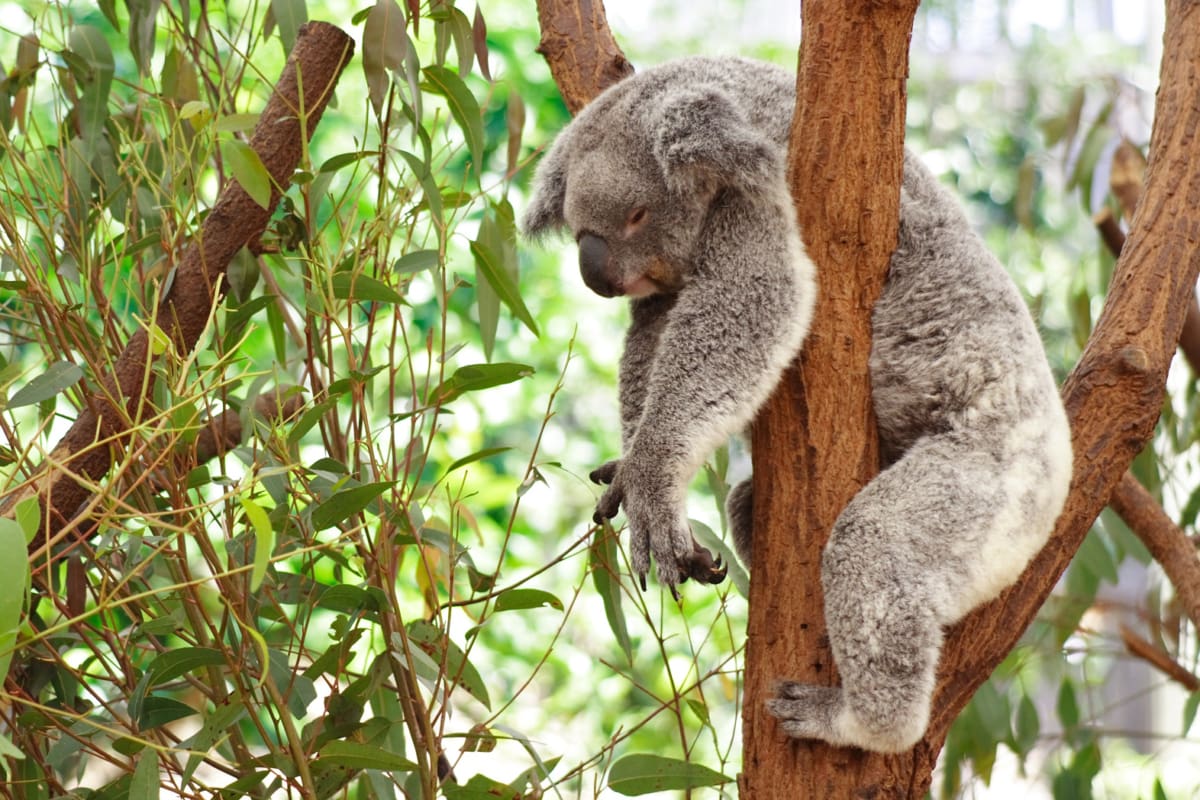
I am planning a trip to Australia alone this September, thanks for your detailed information, it has helped me a lot in preparing for the trip.
thanks for proving the best information on visa to australlia.